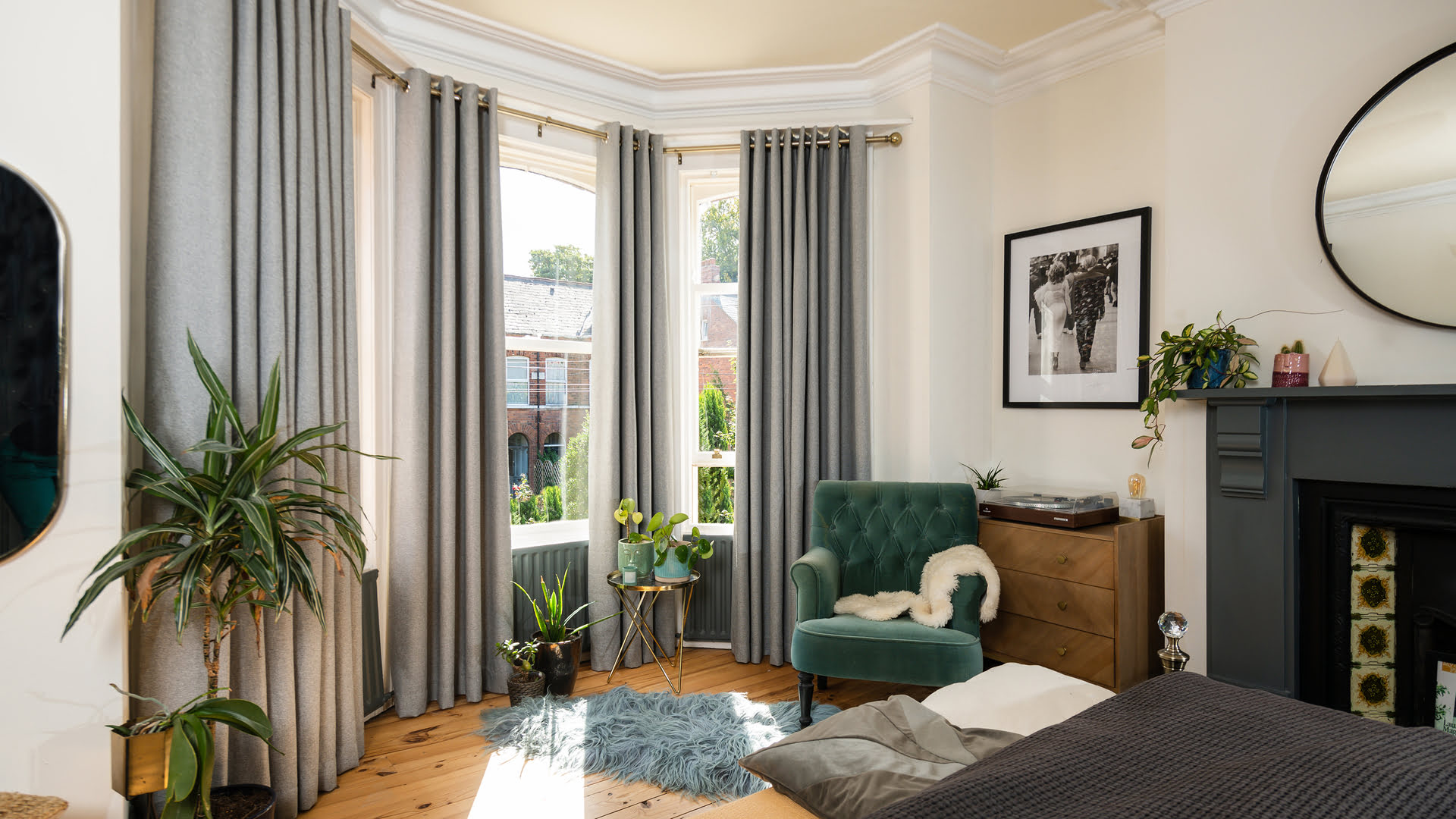

Articles
What Do Thermal Curtains Do
Modified: December 7, 2023
Discover the benefits of thermal curtains with our informative articles. Find out how thermal curtains can help you save energy and create a more comfortable living space.
(Many of the links in this article redirect to a specific reviewed product. Your purchase of these products through affiliate links helps to generate commission for Storables.com, at no extra cost. Learn more)
Introduction
Thermal curtains, also known as energy-saving curtains or insulating curtains, have become increasingly popular in recent years due to their ability to regulate temperature, save energy, block light, reduce noise, and enhance privacy in homes and offices. These special curtains are designed with advanced materials and technology to provide a range of benefits beyond what traditional curtains or blinds can offer.
In this article, we will delve into the world of thermal curtains, exploring how they work, their insulation properties, the energy efficiency benefits they provide, and their ability to block light and UV rays. We will also discuss how thermal curtains can reduce noise levels and enhance privacy, as well as provide tips on their maintenance and guidance on selecting the right thermal curtains for your needs.
Whether you’re seeking a solution to keep your home cool in the summer, warm in the winter, or simply desire a higher level of comfort and energy efficiency, thermal curtains may be just what you’re looking for. Let’s explore how these curtains work and the benefits they can bring to your living or working space.
Key Takeaways:
- Thermal curtains provide insulation, energy efficiency, and privacy benefits by regulating temperature, blocking light and UV rays, reducing noise, and enhancing privacy. They offer a smart and cost-effective solution for comfortable living and working spaces.
- Choosing the right thermal curtains involves considering factors such as size, fabric, thermal insulation, light control, noise reduction, style, and budget. By selecting the ideal curtains, you can enjoy energy savings, improved comfort, and enhanced aesthetics in your space.
Read more: What Are Thermal Insulated Curtains
How Thermal Curtains Work
Thermal curtains are designed to help regulate temperature by providing a barrier between the interior of a room and the external environment. They work by utilizing special materials and construction techniques that enhance their insulation properties.
One of the key components of thermal curtains is the fabric itself. They are typically made from multiple layers of material, often including a layer of foam or thermal backing. This backing acts as a thermal insulator, preventing heat from escaping during colder months and blocking heat from entering during warmer months.
In addition to the insulation provided by the fabric, thermal curtains also feature strategic design elements to maximize their effectiveness. This includes the presence of pleats, which create air pockets that further enhance insulation by reducing the transfer of heat through the curtain.
The combination of these insulation properties and design elements allows thermal curtains to act as a barrier against heat loss or gain, helping to maintain a more stable and comfortable temperature within the room. This can lead to significant energy savings by reducing the need for heating or cooling devices and allowing them to operate more efficiently.
It’s important to note that while thermal curtains can help regulate temperature, they are not a complete replacement for proper insulation in a building. They work best in conjunction with other insulation measures, such as sealing air leaks and adding insulation to walls and ceilings.
Now that we understand how thermal curtains work, let’s explore the specific insulation properties they possess and the benefits they provide in terms of energy efficiency.
Insulation Properties of Thermal Curtains
Thermal curtains are designed to provide excellent insulation properties, helping to keep heat in during the winter and out during the summer. The materials and construction techniques used in these curtains contribute to their insulation capabilities.
One of the primary insulation properties of thermal curtains is their ability to reduce heat transfer through conduction. Conduction occurs when heat is transferred between objects that are in direct contact with each other. The multiple layers of fabric in thermal curtains act as barriers, reducing the flow of heat from the interior of a room to the outside environment or vice versa.
Another important aspect of insulation is the ability to limit heat transfer through convection. Convection is the process by which heat is transferred through the movement of air or fluids. Thermal curtains are designed to minimize air circulation near windows, which is a common source of heat loss or gain. The pleats and layers of fabric create pockets of still air, which acts as a buffer between the window and the room, reducing the convection of heat.
Furthermore, thermal curtains also provide insulation by reducing heat transfer through radiation. Radiation is the transfer of heat through electromagnetic waves. The thermal backing or foam layer of thermal curtains reflects and absorbs a portion of the radiation, preventing it from passing through the curtain and into the room.
The combination of these insulation properties helps to regulate the temperature inside the room and reduce the load on heating and cooling systems. By minimizing heat loss during colder months and preventing heat gain during warmer months, thermal curtains assist in maintaining a comfortable and energy-efficient indoor environment.
In addition to their insulation properties, thermal curtains offer a range of other benefits that contribute to energy efficiency. We will explore these benefits in the next section.
Energy Efficiency Benefits
One of the primary benefits of thermal curtains is their ability to improve energy efficiency in a home or office. By reducing heat transfer and providing insulation, they help to minimize the reliance on heating and cooling systems, resulting in significant energy savings.
During the colder months, thermal curtains create a barrier that prevents heat from escaping through windows or other openings. This reduces the need for heating devices to work harder to maintain a comfortable temperature. The insulation properties of these curtains help to retain heat within the room, creating a warm and cozy environment while reducing energy consumption.
In the warmer months, thermal curtains play a crucial role in blocking out heat from the sun. The multiple layers of fabric and the thermal backing act as a shield, preventing excessive heat from entering the room. By reducing the amount of heat that penetrates through windows, thermal curtains can lessen the workload of air conditioning systems, allowing them to operate more efficiently and conserving energy.
By using thermal curtains, you can potentially reduce your energy bills, especially during extreme weather conditions when heating and cooling needs are at their highest. The energy savings achieved through the use of thermal curtains make them a smart and cost-effective investment for your home or office.
Beyond energy efficiency, thermal curtains have additional benefits that contribute to a comfortable and enjoyable living or working environment. Let’s explore these benefits in the following sections.
Blocking Light and UV Rays
In addition to providing insulation and energy savings, thermal curtains are highly effective in blocking out light and harmful UV rays. This makes them a great choice for bedrooms, home theaters, and any other space where light control is desired.
The multiple layers of fabric in thermal curtains help to darken the room by blocking out external light sources. This can be particularly useful for those who need to sleep during the day or for creating a cozy and intimate atmosphere in a living room or entertainment area. By limiting the amount of light entering the room, you can create a more comfortable and restful environment.
Furthermore, thermal curtains also offer protection against damaging UV rays. UV radiation from the sun can cause fading and discoloration of furniture, flooring, and artwork over time. The thermal backing or foam layer in these curtains acts as a barrier, reflecting and absorbing a significant portion of the UV rays, thus reducing their impact on your interior furnishings and prolonging their lifespan.
By investing in thermal curtains, you can not only control the level of light in your space but also safeguard your valuable belongings from the harmful effects of UV radiation. Whether you need a completely darkened room for sleep or a protected environment for your prized possessions, thermal curtains offer an effective solution.
Next, let’s explore how thermal curtains can help reduce noise levels in your home or office.
Thermal curtains help to insulate your home by blocking out drafts and retaining heat, which can lead to energy savings on your heating bill.
Read more: What Does A Thermal Printer Do
Noise Reduction
One often overlooked benefit of thermal curtains is their ability to reduce noise levels in living and working spaces. The multiple layers of fabric and the strategic design elements in these curtains help to absorb and dampen sound waves, creating a quieter and more peaceful environment.
Windows are one of the main sources of noise transmission in a room. This can be particularly bothersome if you live near a busy street, construction site, or any other noise-producing area. Thermal curtains work as a barrier, preventing external noises from entering the room and disturbing your peace and concentration.
The layers of fabric in thermal curtains act as a sound-absorbing medium, capturing and muffling the incoming sound waves. The pleats and the additional thickness of the curtains contribute to this noise reduction effect, creating a more serene and comfortable space.
Whether you’re working from home and need a quiet environment, have a baby who needs uninterrupted sleep, or simply desire a tranquil living space, thermal curtains can make a significant difference in reducing noise pollution.
Moreover, the noise reduction benefits of thermal curtains extend beyond blocking external noises. They also help to minimize sound transmission from within the room, making them an excellent choice for home offices, bedrooms, and media rooms where privacy and acoustic control are important.
Now that we’ve explored the noise reduction capabilities of thermal curtains, let’s move on to their ability to enhance privacy.
Privacy Enhancement
Privacy is an essential aspect of any living or working space, and thermal curtains can provide an extra layer of privacy. The opaque and thick nature of these curtains ensures that your activities remain hidden from prying eyes, enhancing the sense of seclusion and tranquility within the room.
Unlike sheer or lightweight curtains, thermal curtains are designed to block out visibility from the outside. The multiple layers of fabric, coupled with the pleats and thickness, create a barrier that prevents people from peering into your space. Whether you’re in a ground floor apartment, a busy urban area, or simply value your privacy, thermal curtains can help you feel more secure and at ease.
Additionally, thermal curtains also have the ability to dampen interior light, making it difficult for onlookers to see into your room even during nighttime when the lights are on. This further adds to the privacy-enhancing benefit of these curtains.
Moreover, thermal curtains can be especially beneficial in office spaces or meeting rooms where confidentiality is crucial. By installing thermal curtains, you can create a secluded and confidential atmosphere for important discussions or sensitive work tasks.
Whether you’re looking to increase privacy in your bedroom, living room, or office, thermal curtains offer an effective solution that combines functionality with style.
Now that we have explored the various benefits of thermal curtains, it’s important to understand how to properly maintain and care for them to ensure their longevity and continued effectiveness.
Maintenance and Care of Thermal Curtains
To ensure the longevity and optimal performance of your thermal curtains, it is important to implement regular maintenance and care practices. Below are some tips to keep in mind:
- Cleaning: Check the care instructions provided by the manufacturer for specific cleaning guidelines. Some thermal curtains can be machine washed, while others may require spot cleaning or professional dry cleaning. Avoid using harsh chemicals or bleach that can damage the fabric or the thermal backing. It is recommended to periodically vacuum or gently shake the curtains to remove dust and debris.
- Ironing: If your thermal curtains are wrinkled, use a low heat setting on an iron or a fabric steamer to remove the wrinkles. Avoid excessive heat as it can damage the fabric or the thermal backing. Always test a small inconspicuous area before ironing the entire curtain.
- Hardware Care: Regularly inspect the curtain rods or tracks to ensure they are secure and functioning properly. If necessary, tighten any loose screws or replace worn-out hardware. Pay attention to the weight and size of the thermal curtains to ensure that the rods or tracks can support them adequately.
- Protection from Sunlight: While thermal curtains are designed to block out light and UV rays, prolonged exposure to direct sunlight can still cause some fading or deterioration over time. To minimize this, consider using blinds or shades in conjunction with your thermal curtains to provide an extra layer of protection during the day.
- Periodic Inspections: Regularly check your thermal curtains for any signs of wear and tear, such as fraying edges, loose threads, or damaged thermal backing. Promptly address any issues to prevent further damage and maintain the efficiency of the curtains.
- Storage: If you decide to change your curtains or store them temporarily, make sure they are clean and fully dry before folding and storing them in a dry and well-ventilated area. Avoid storing them in areas exposed to extreme temperatures or high humidity, as this can cause mold or mildew growth.
By following these maintenance and care tips, you can extend the lifespan of your thermal curtains and ensure that they continue to provide the desired insulation, light blocking, noise reduction, and privacy-enhancing benefits over time.
Now that we have covered the maintenance and care of thermal curtains, let’s move on to the important considerations when choosing the right thermal curtains for your needs.
Choosing the Right Thermal Curtains
When selecting thermal curtains for your space, there are several factors to consider to ensure you make the right choice:
- Size and Fit: Measure the dimensions of your windows accurately to determine the size of the curtains you need. Consider whether you want the curtains to hang inside the window frame or overlap the frame slightly for maximum light and draft control. Ensure that the chosen curtains are wide and long enough to provide proper coverage and insulation.
- Fabric: Look for thermal curtains made from high-quality, thick, and insulating materials. Common fabric options include polyester, velvet, or a blend of fabrics. Consider the aesthetic appeal as well, ensuring that the fabric complements your interior decor.
- Thermal Insulation: Check for curtains that specifically mention thermal insulation or energy-saving properties. Ensure that they have a thermal backing or foam layer to maximize their insulation capabilities.
- Light Control: If you desire complete darkness in a room, opt for curtains with blackout properties. Look for curtains that have a dense fabric construction and minimal light penetration to ensure effective light blocking.
- Noise Reduction: If noise reduction is a priority, consider curtains with an additional layer of sound-absorbing material or curtains with a thicker fabric construction for optimal acoustic control.
- Style and Design: Thermal curtains come in a variety of styles, colors, and patterns. Choose a design that complements your interior decor and personal preferences. Consider whether you want curtains with pleats, grommets, or rod pockets, as these can affect the drape and appearance of the curtains.
- Budget: Set a budget for your thermal curtains and explore options within that range. Keep in mind that high-quality thermal curtains can provide long-term energy savings and benefits, making them a worthwhile investment.
By considering these factors, you can select thermal curtains that meet your specific needs for insulation, light control, noise reduction, and aesthetic appeal.
With the right thermal curtains in place, you can enjoy a comfortable, energy-efficient, and visually pleasing living or working environment.
Now, let’s conclude our exploration of thermal curtains.
Read also: 10 Amazing Thermal Curtains for 2024
Conclusion
Thermal curtains offer a range of benefits that can greatly enhance the comfort, energy efficiency, and privacy of your living or working space. These curtains are designed with advanced insulation properties, making them effective in regulating temperature, saving energy, blocking light and UV rays, reducing noise, and enhancing privacy.
By preventing heat transfer through conduction, convection, and radiation, thermal curtains help to maintain a more stable and comfortable indoor temperature. As a result, they can significantly reduce the reliance on heating and cooling systems, leading to energy savings and lower utility bills.
Thermal curtains also excel in blocking out light and harmful UV rays, ensuring a darkened and private environment. Whether you need a restful sleep during the day or want to protect your furniture and belongings from fading, these curtains offer a reliable solution.
Furthermore, thermal curtains are effective in reducing noise levels, creating a quieter and more peaceful space. They act as a barrier to external noises and help minimize sound transmission, making them ideal for bedrooms, home offices, or any area where privacy and acoustic control are desired.
Maintaining and caring for thermal curtains is essential to ensure their longevity and optimal performance. Regular cleaning, proper storage, and periodic inspections will help to prolong the lifespan of these curtains and maintain their insulation properties.
When selecting thermal curtains, consider factors such as size, fabric, thermal insulation, light control, noise reduction, style, and budget. By choosing the right thermal curtains for your needs, you can enjoy the benefits of energy efficiency, improved comfort, and enhanced aesthetics in your space.
In conclusion, thermal curtains offer a valuable solution for those seeking to regulate temperature, save energy, block light, reduce noise, and enhance privacy. With their functionality and style, these curtains can transform any room into a more comfortable and efficient living or working environment.
Frequently Asked Questions about What Do Thermal Curtains Do
Was this page helpful?
At Storables.com, we guarantee accurate and reliable information. Our content, validated by Expert Board Contributors, is crafted following stringent Editorial Policies. We're committed to providing you with well-researched, expert-backed insights for all your informational needs.

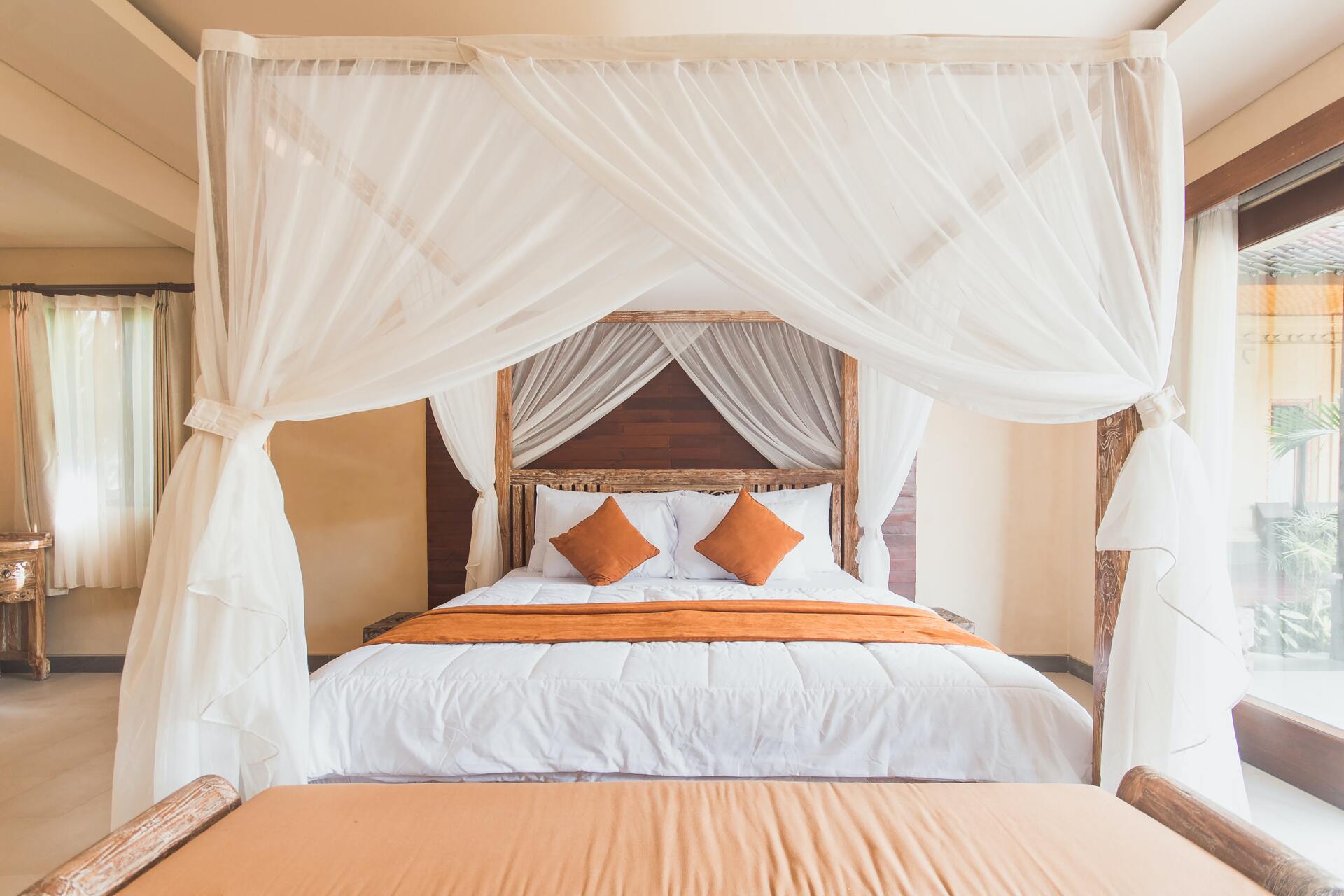
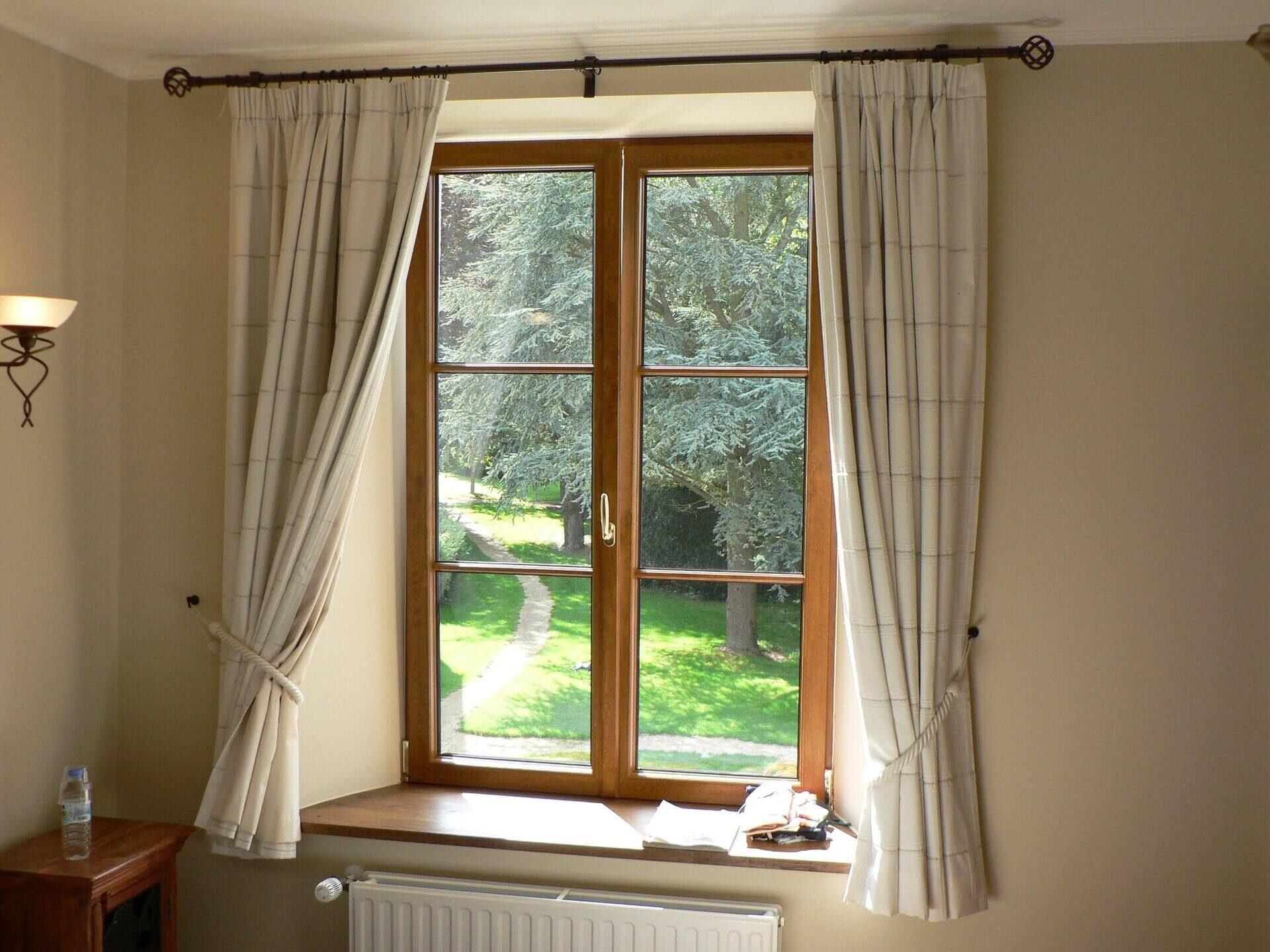
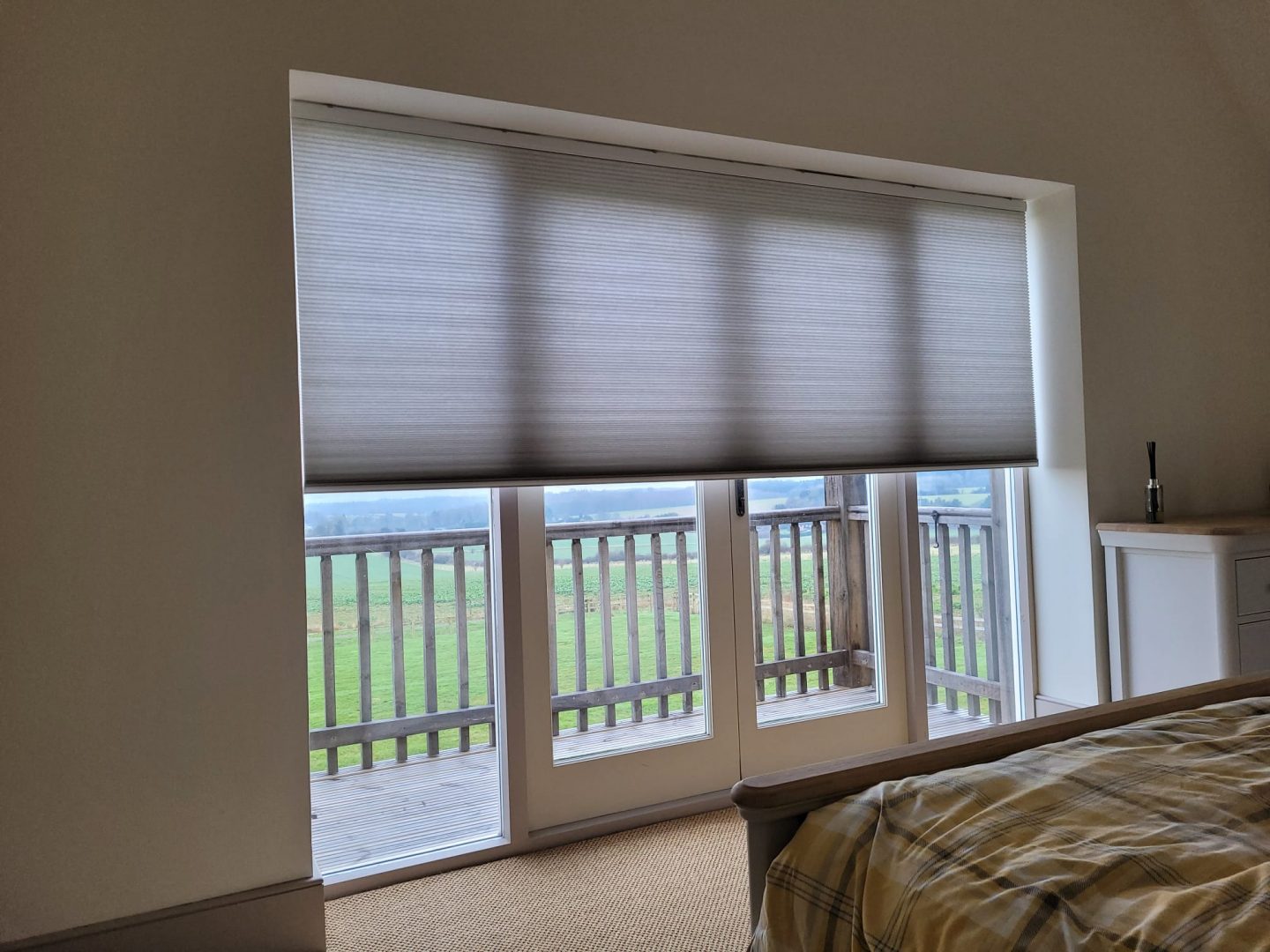
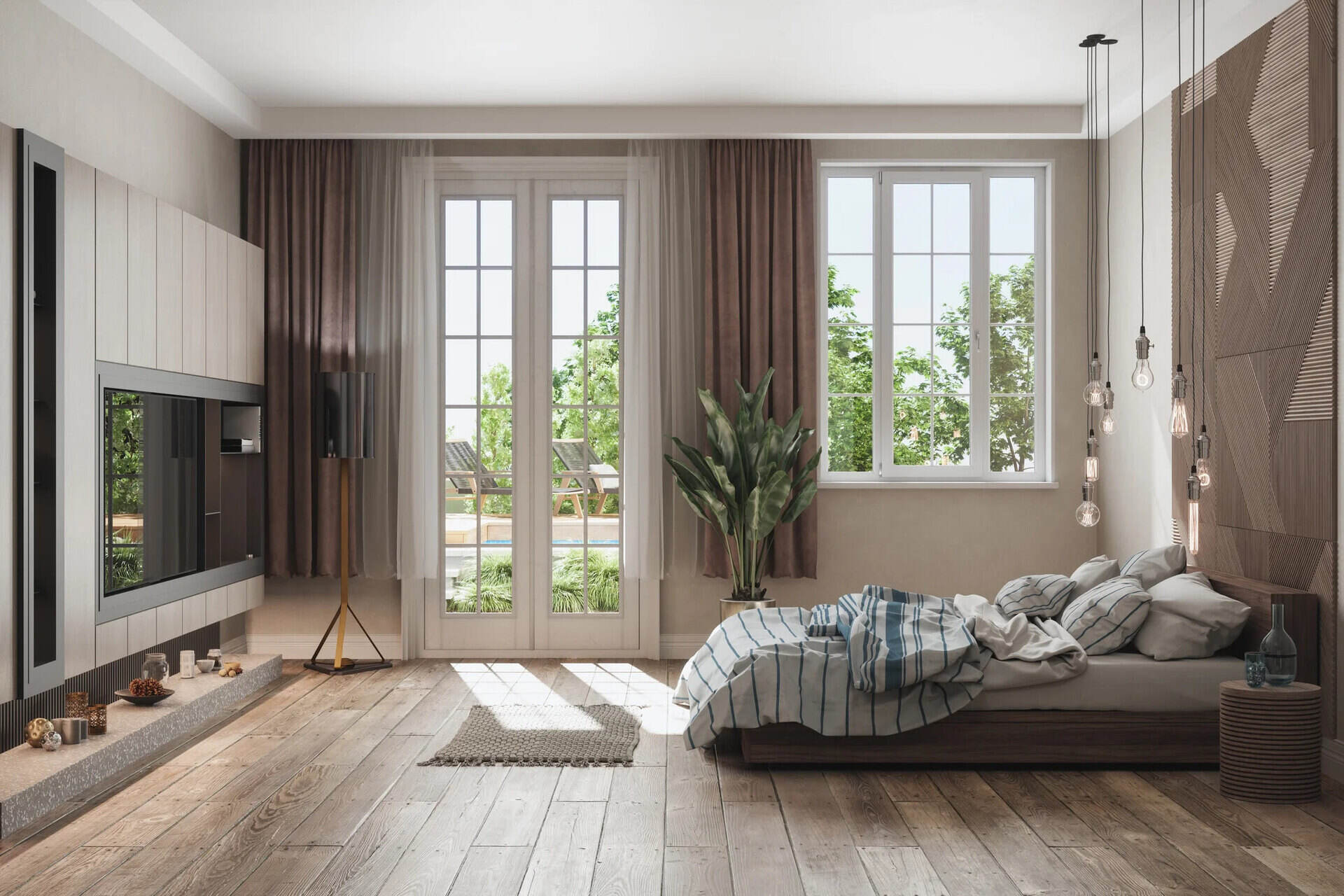
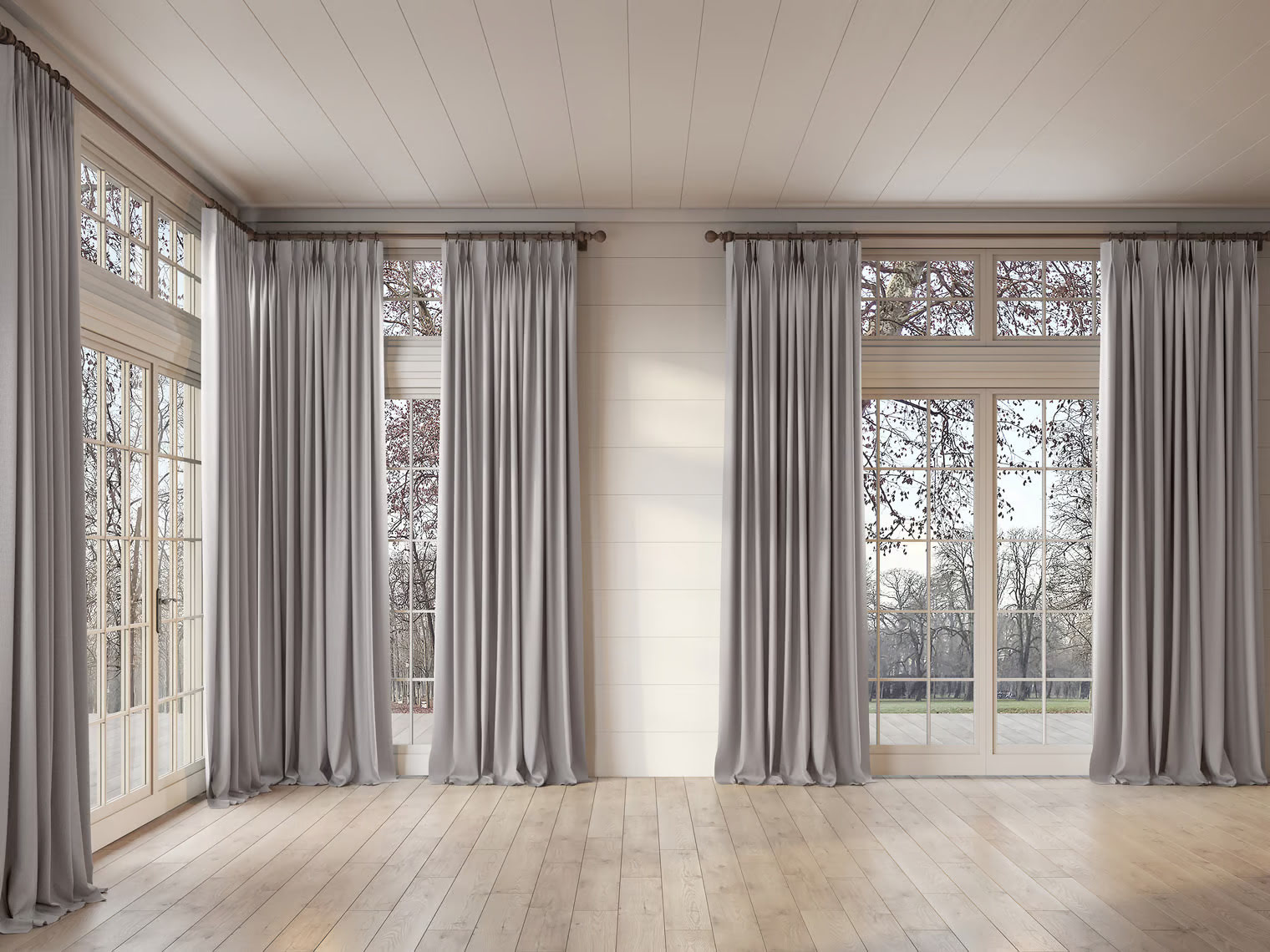
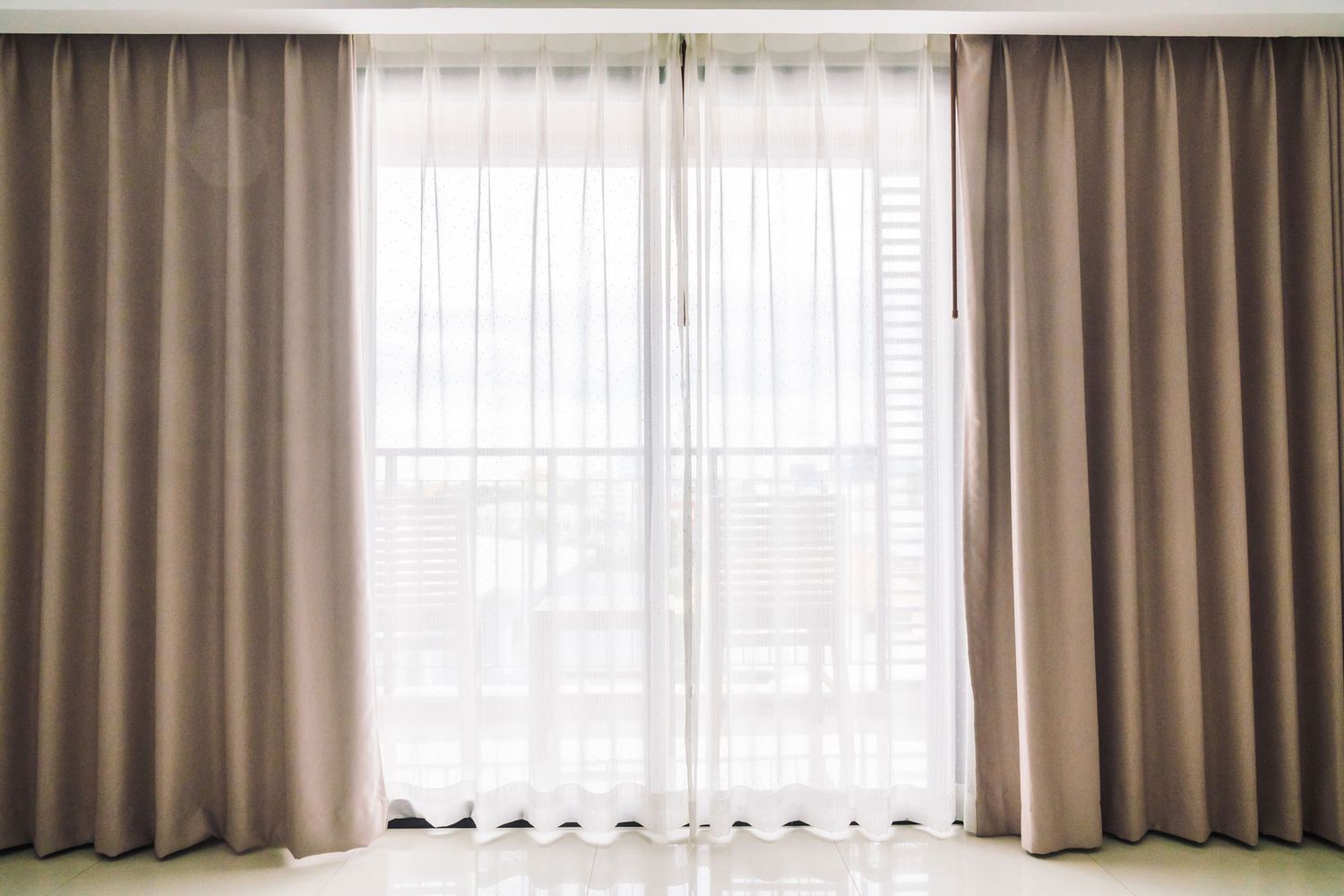
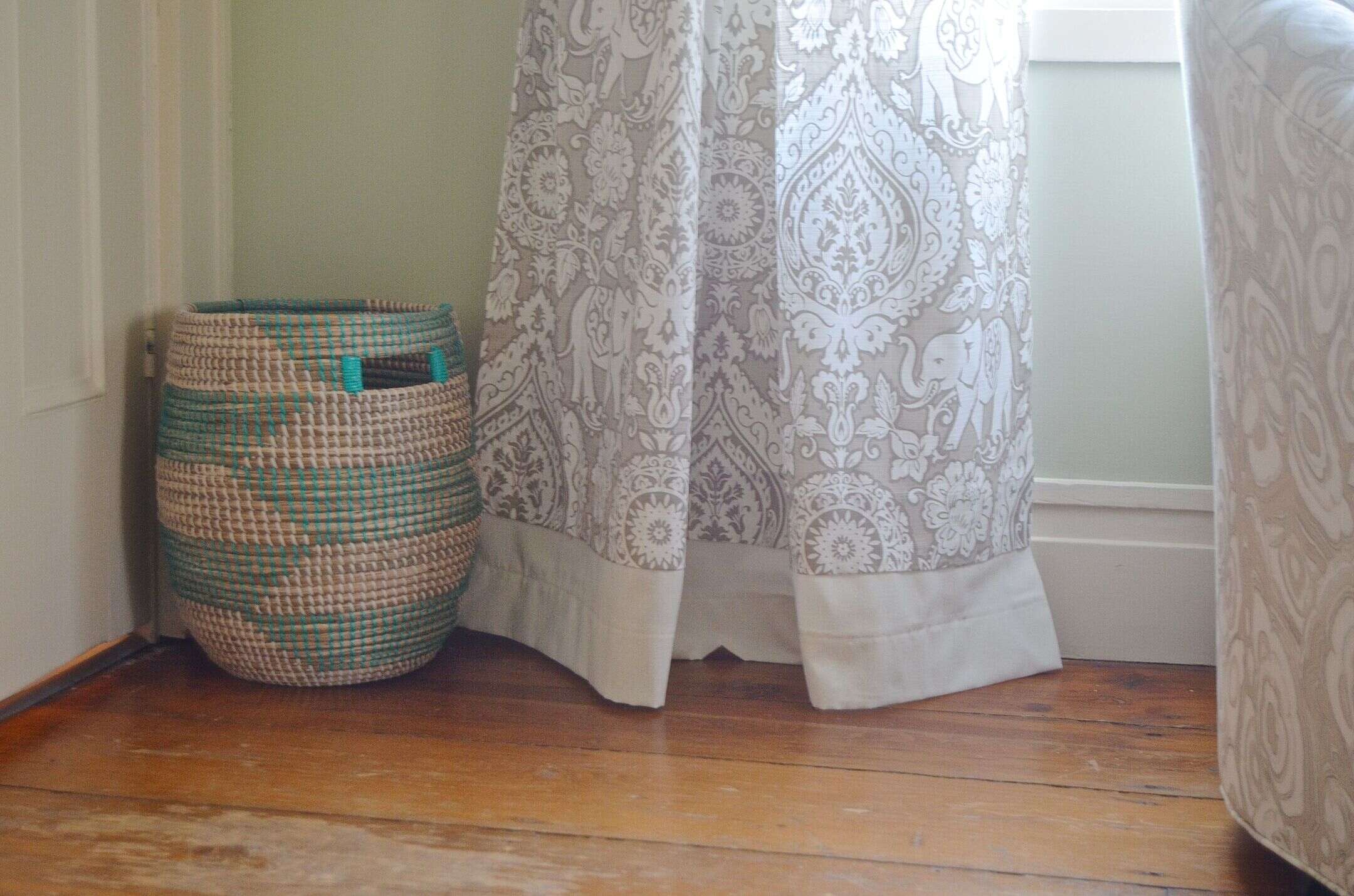
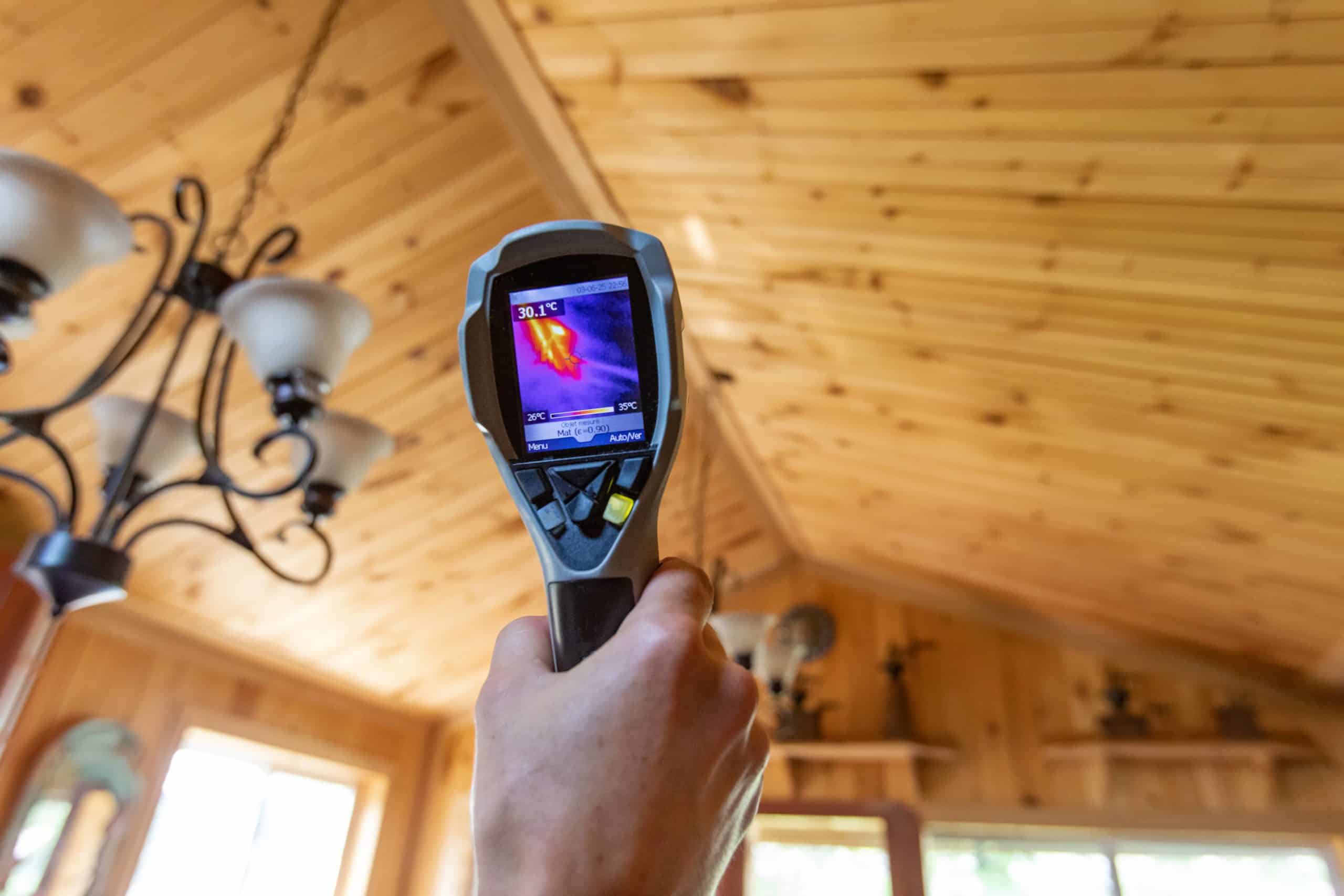
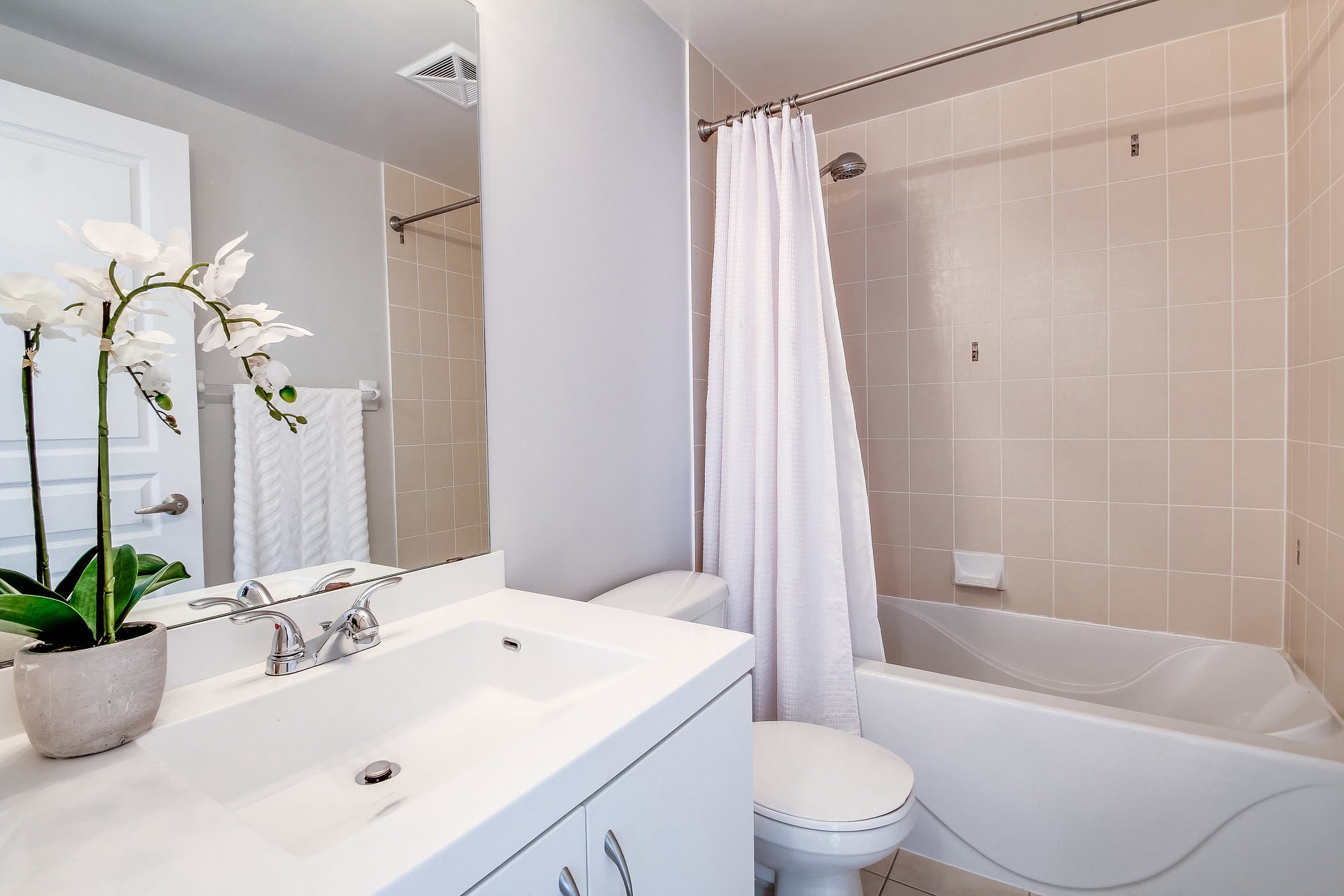
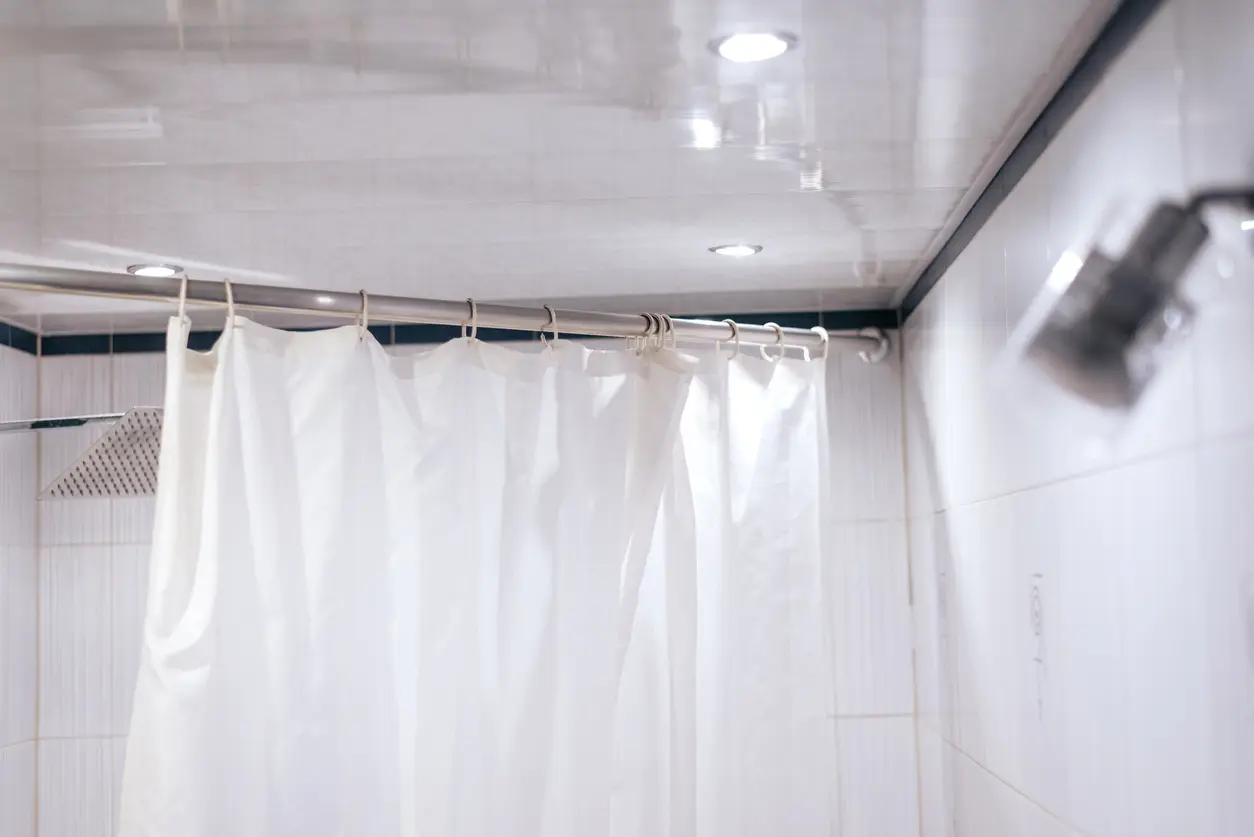



0 thoughts on “What Do Thermal Curtains Do”